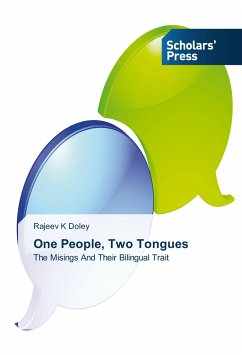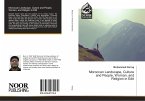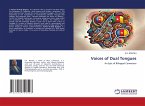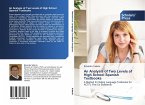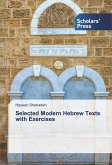A significant component of human life today is linguistic diversity. In multi-ethnic societies, it is a natural process that the speakers of one language acquire the other language(s) active in the social circles. This leads to code-switching between the acquired languages. From the sociolinguistic approach, the book deals with the socio-cultural motivations behind the age-old Mising-Assamese code-switching practiced by the ethnic Mising speakers living in the Brahmaputra Valley of Assam. Although it appears to be just a change of language during conversations, the switching of code has far deeper meanings and implications which the speaker exercises to serve various communicative purposes. Taking help of the Markedness Model of Carol Myers-Scotton which views linguistic choices as negotiations of self-identity and desired relationships with others, the data have been analyzed as 'marked' or 'unmarked' switches according to the prevailing socio-cultural norms under a given situation. As found in the study, this typical verbal behaviour not only signifies the self-perceived identity of the speaker, but also serves as his/her tool to step in or out of this identity as desired.
Bitte wählen Sie Ihr Anliegen aus.
Rechnungen
Retourenschein anfordern
Bestellstatus
Storno

